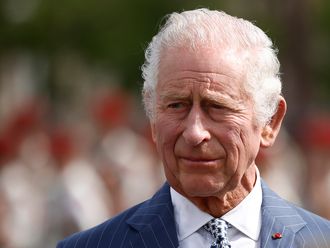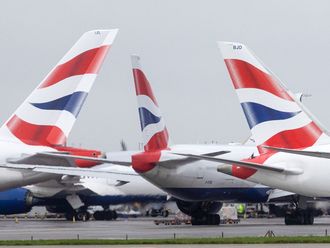London: It was the speech that was supposed to make clear, once and for all, what “Brexit means Brexit” actually means. So what did we learn from Theresa May’s biggest speech as prime minister about the sort of deal she is seeking?
The prime minister does not want Britain to stay in the single market. This is no surprise: May has been repeating since the Conservative party conference in October that her top two Brexit priorities are controlling EU immigration and withdrawing from the jurisdiction of the European court of justice.
Those two objectives are incompatible with membership of the single market: her comments on Tuesday appear to confirm that. “I want to be clear that what I am proposing cannot mean membership of the single market,” May said.
European leaders had made very clear to her that single market membership required accepting the EU’s four fundamental freedoms — free movement of goods, services, capital and people — and “that would, to all intents and purposes, mean not leaving the EU”.
Instead, she will seek “the greatest possible access [to the single market] through a new, comprehensive and bold free trade agreement”.
The customs union is the EU’s common trading area: goods from outside the area are charged a common external tariff to cross its border and enter it; goods already within it can circulate and cross borders freely.
A country that is part of the customs union cannot currently negotiate trade deals on its own — which is why many have suggested Britain is destined to leave it, because negotiating independent trade deals is a big part of what pro-Brexit campaigners think Brexit should mean.
Here the prime minister was less clear. “Full membership of the customs union prevents us from negotiating our own comprehensive trade deals,” she said, and she did not want Britain to be bound by the common external tariff.
But she also said: “I do want a customs agreement with the EU” and for Britain to have tariff-free access to EU markets. That could mean a completely new customs union agreement, or partial membership, or retaining some aspects — how this would happen in practice can be decided.
Her remarks suggest the government will be looking for sector-by-sector deals for certain key businesses. Car parts, for example, cross EU borders dozens of times before completion, and customs checks would be disastrous for the automotive industry.
May also confirmed that the government would be looking for a special deal for the City of London that will “give us freedom to provide financial services across borders”.
May had repeatedly said that control over Britain’s borders was a Brexit priority, and said so again on Tuesday: while wanting to continue to attract “the brightest and best to study and work in Britain”, she said, “we will get control over number of people coming to Britain form the EU.”
Reminding her audience that she was previously home office minister, May added: “You cannot control immigration overall when there is free movement from Europe... Brexit must mean control of number of people coming to Britain from Europe.”
The prime minister has yet, however, to give any indication of the kind of immigration system she envisages for EU citizens after Brexit. She has previously rejected the idea of a point-based regime, and ministers have hinted at the possibility of work visas, but no new system has yet been formally announced.
The European Economic Area (EEA) is an extension of the EU’s internal market, made up of the 28 member states and members of the European Free Trade Association (Efta), which includes Norway.
Britain could become a member of the EEA after leaving the EU by joining Efta, giving it — like Norway — single market membership in exchange for a financial contribution and accepting the core principles of the EU’s internal market, including free movement of people.
This always looked unlikely because of the importance the government has placed on controlling EU free movement. May confirmed that on Tuesday, saying (as she has said before): “We do not seek to adopt a model already enjoyed by other countries.”
Her comment that Britain did not want “partial membership of the European Union, or associate membership of the European Union”, seemed to underline the point.
British business has been insistent that some kind of transitional arrangement with the EU will be essential to avoid the potential economic disaster of a “cliff-edge”: Britain leaving the bloc at the end of the two-year article 50 divorce talks, with no future relationship defined.
May has spoken in the past of an “implementation period” — a set length of time allowing for the ground-rules of a previously agreed future relationship to be phased in. She repeated the term on Tuesday, saying it was “in no one’s interests to have a cliff-edge” and that she wanted a “phased process of implementation”.
She is opposed, however, to the kind of interim arrangement favoured by some who want a lengthy, even open-ended “transitional deal” in which EU rules would continue to apply while the future UK-EU relationship is hashed out in detail. An indefinite transitional deal, May said, would be “permanent purgatory”.
She said she wanted agreement to be reached on a “permanent partnership” within the two-year timeframe of the article 50 divorce talks, with an “implementation period” that could vary in length according to the complexity of the various aspects of Brexit. And she repeated she did not want “anything that leaves us half-in, half-out”.












